Organ systems
Oxygen is absorbed into the blood in the circulatory system.
During breathing oxygen enters the lungs at the same time, carbon doxide and water vapor from the blood in the circulatory system, enter the lungs and is removed from the respiratory system when we exhale.
Digested food and oxygen are carried by the blood to all other parts of the body, through the circulatory system.
Digested food and oxygen combine within the body to produce energy. Water vapor and carbon dioxide during the process called respiration.
Digested food is absorbed into the blood in the circulatory system.
Food is digested in the digestive system.
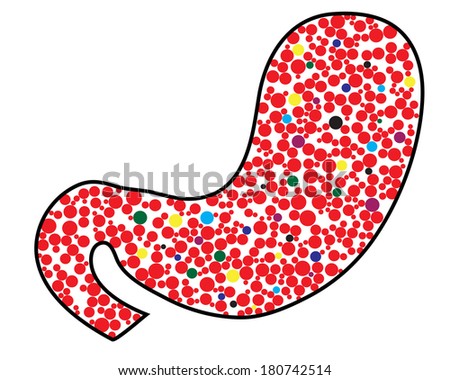
Bolus: The smooth ball formed from saliva, which is swallowed and passed to the esophagus.
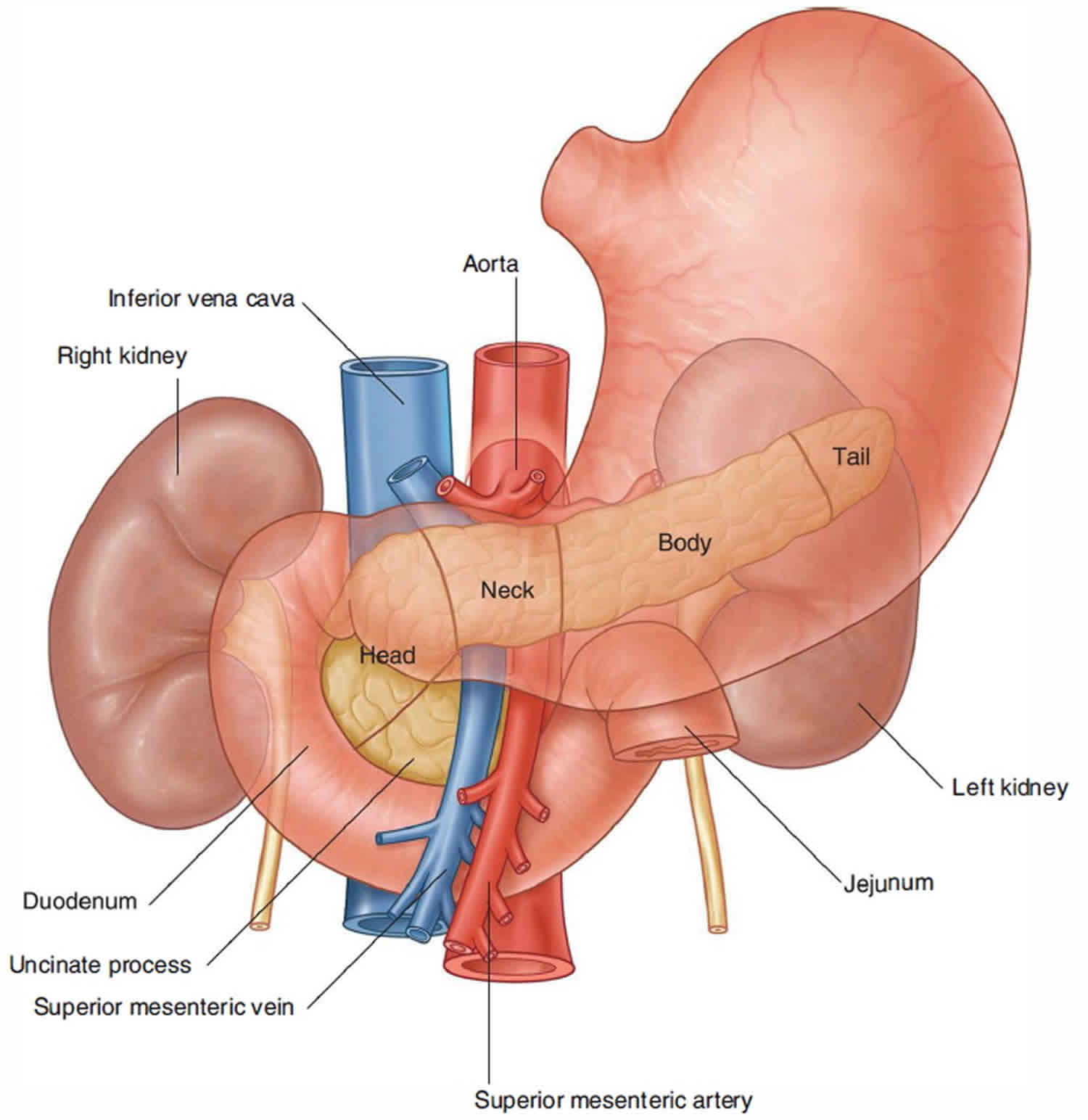
Duodenum: first part of the small intestine.

Amylase: Causes the bolus to change into a partially broken down semi liquid state.
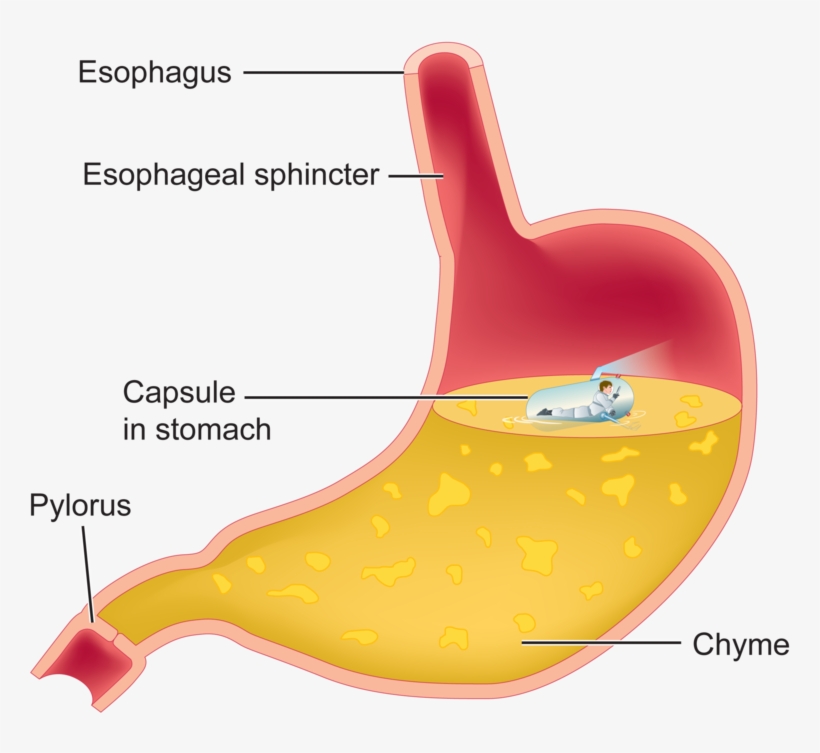
Chyme: A partially broken down semi liquid state that passes from the stomach to the small intestine.
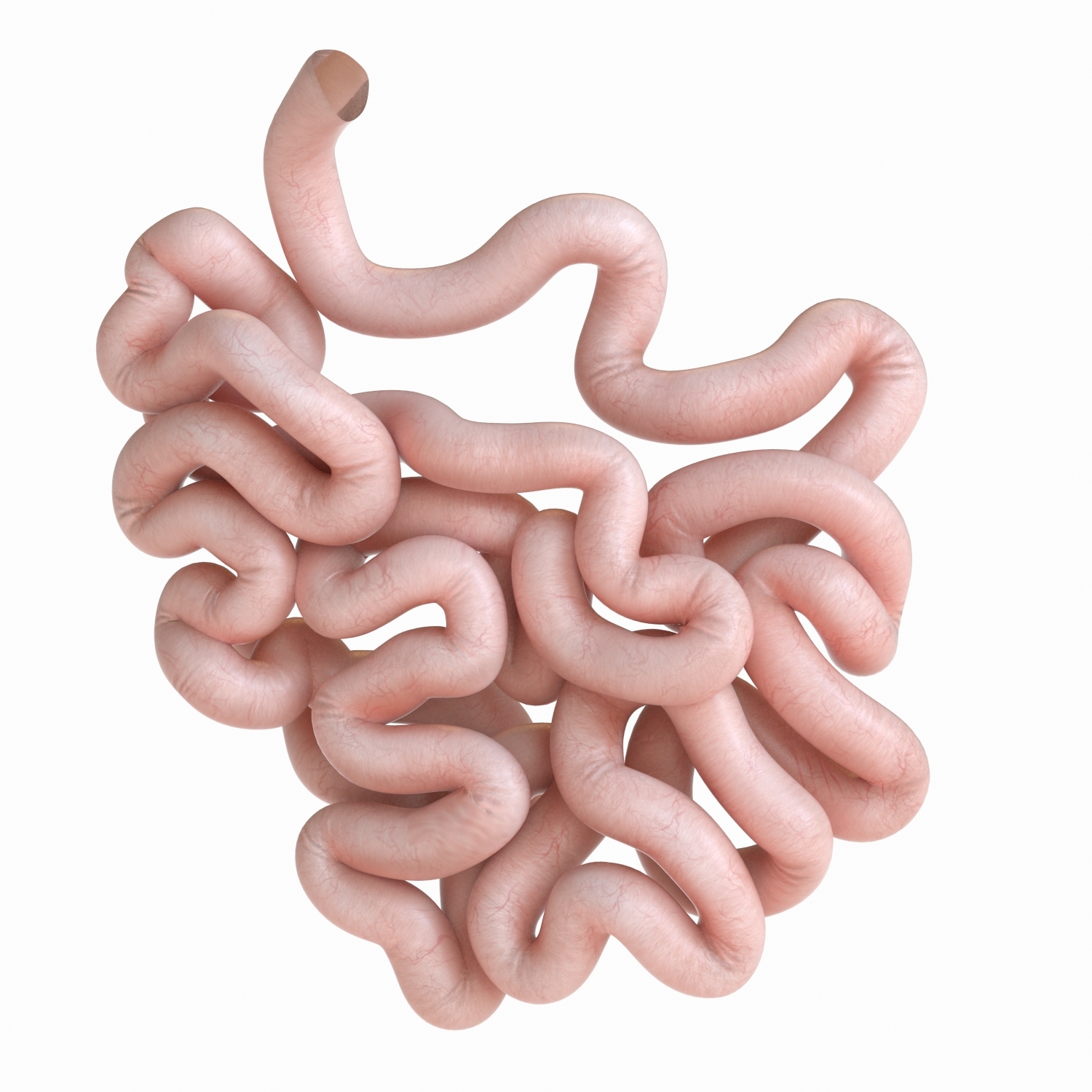
Small intestine: helps to further break down food coming from the stomach and absorb nutrients.

Large intestine: The small intestine passes material to the large intestine, where it absorbs the residue of food digested in the small intestine and vitamins. The remaining waist is stored as feces before removal.

Anus: An opening at the end of the body which controlls the expulsion of feces through a semi-solid state
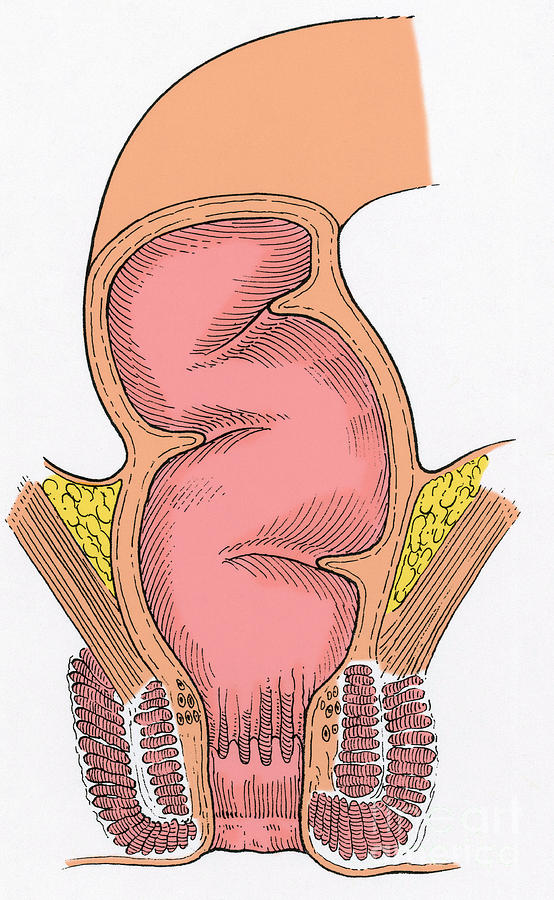
Rectum: The end of the digestive tract which acts as temporary storage for waste before being removed in the anal canal.
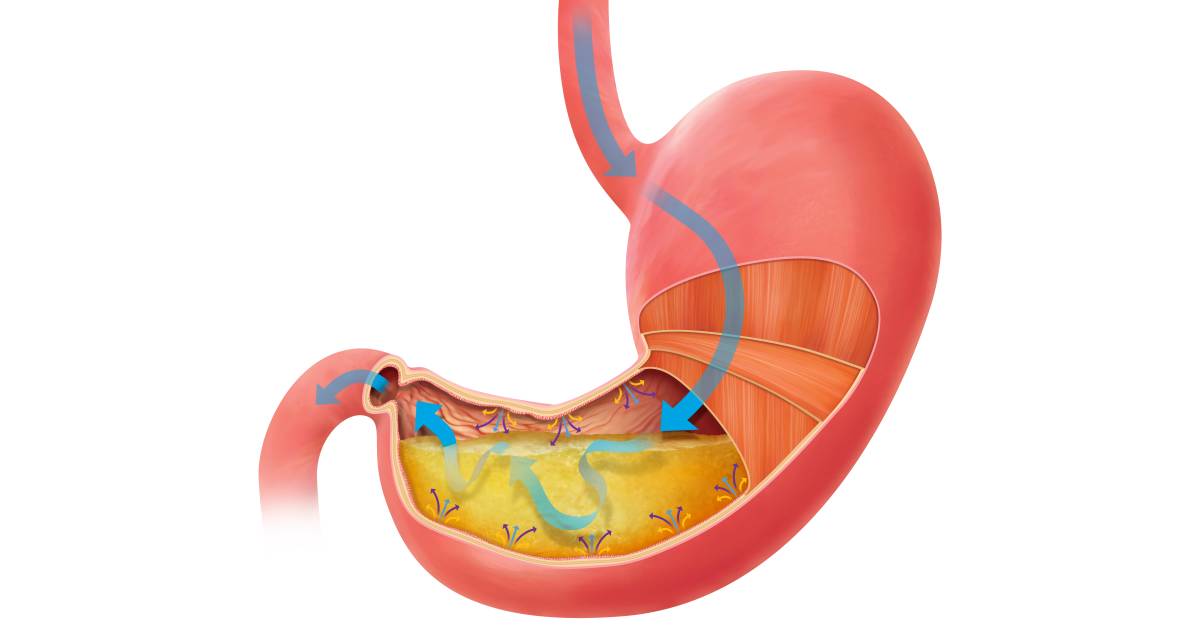
Stomach: A ¨J¨ shaped muscular organ that stores and breaks down food. It is mixed by the contractions of the peristalsis.

Saliva: Moistens food (3 salivary glands), tongue kneads this mixture into a ball.

Pancreas: Makes enzymes that aid in digestion and produce hormones
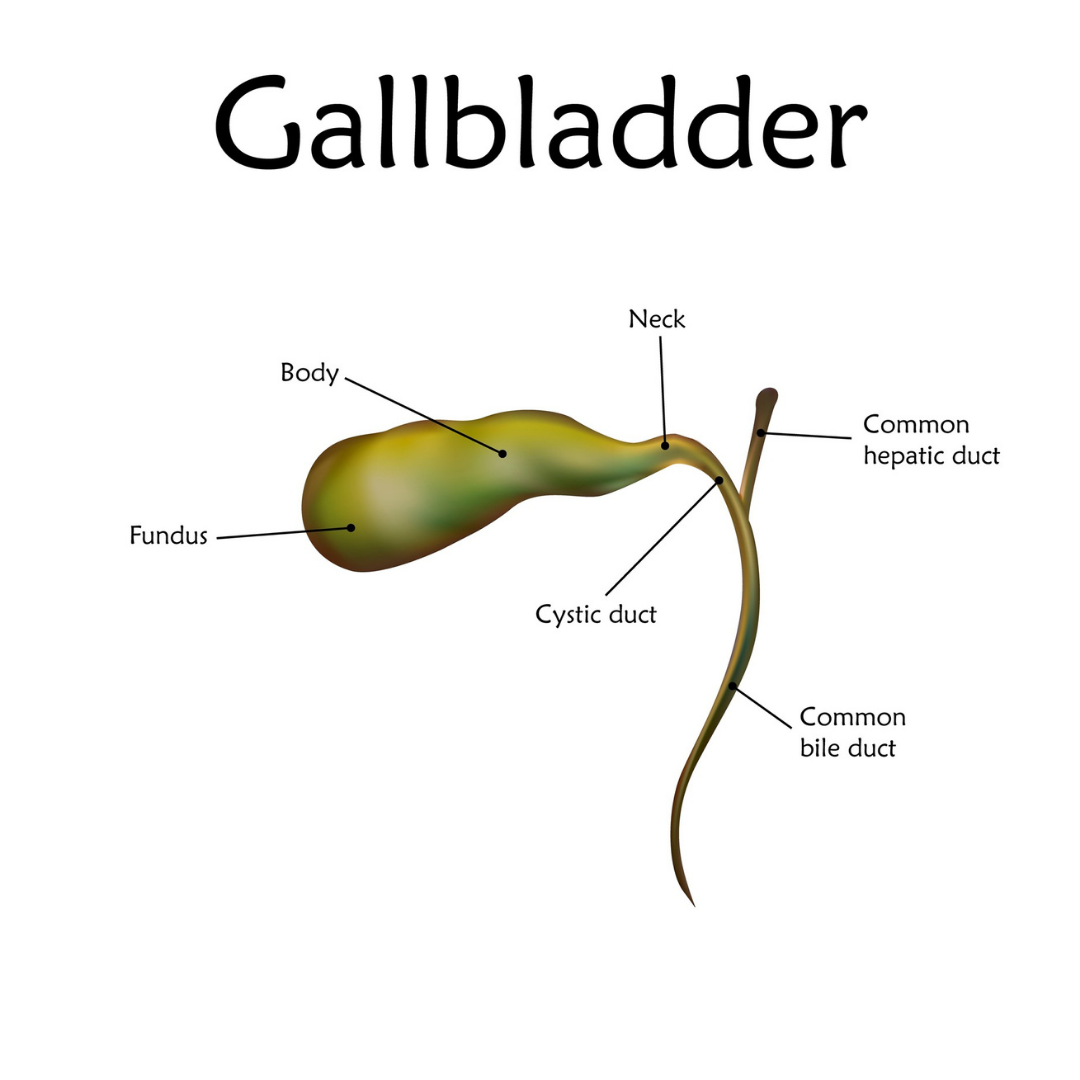
Gallbladder: Stores the bile created by the liver, and helps with digestion.
Bile

Digestive System: involves the Breakdown of food into smaller and smaller components, until they can be absorbed and assimilated into the body.

Circulatory System: The circulatory system carries oxygen, nutrients, and hormones to cells, and removes waste products, like carbon dioxide.
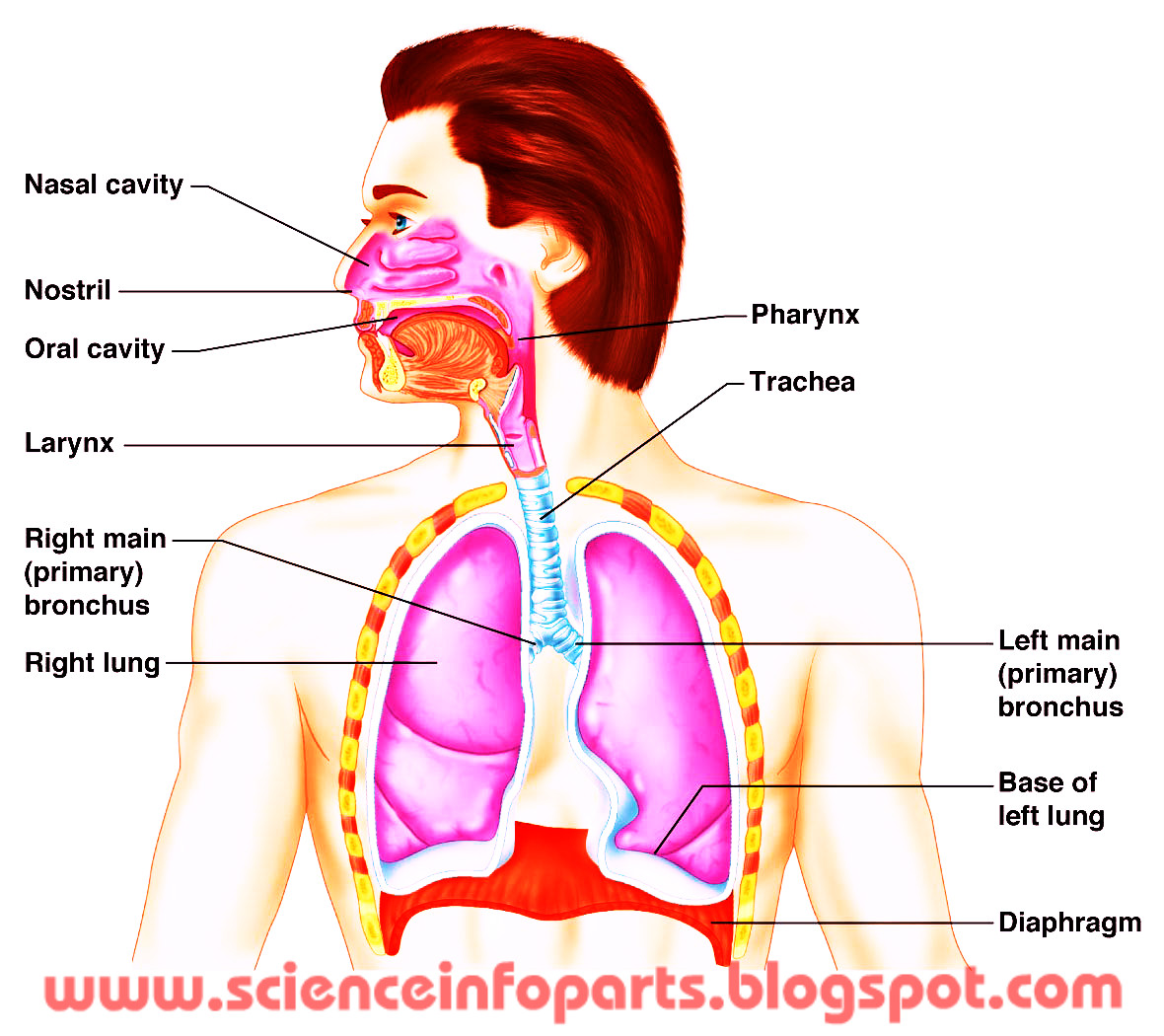
Respiratory System: allow us to breathe by taking in oxygen and expelling carbon dioxide.
DIGESTIVE SYSTEM
CIRCULATORY SYSTEM
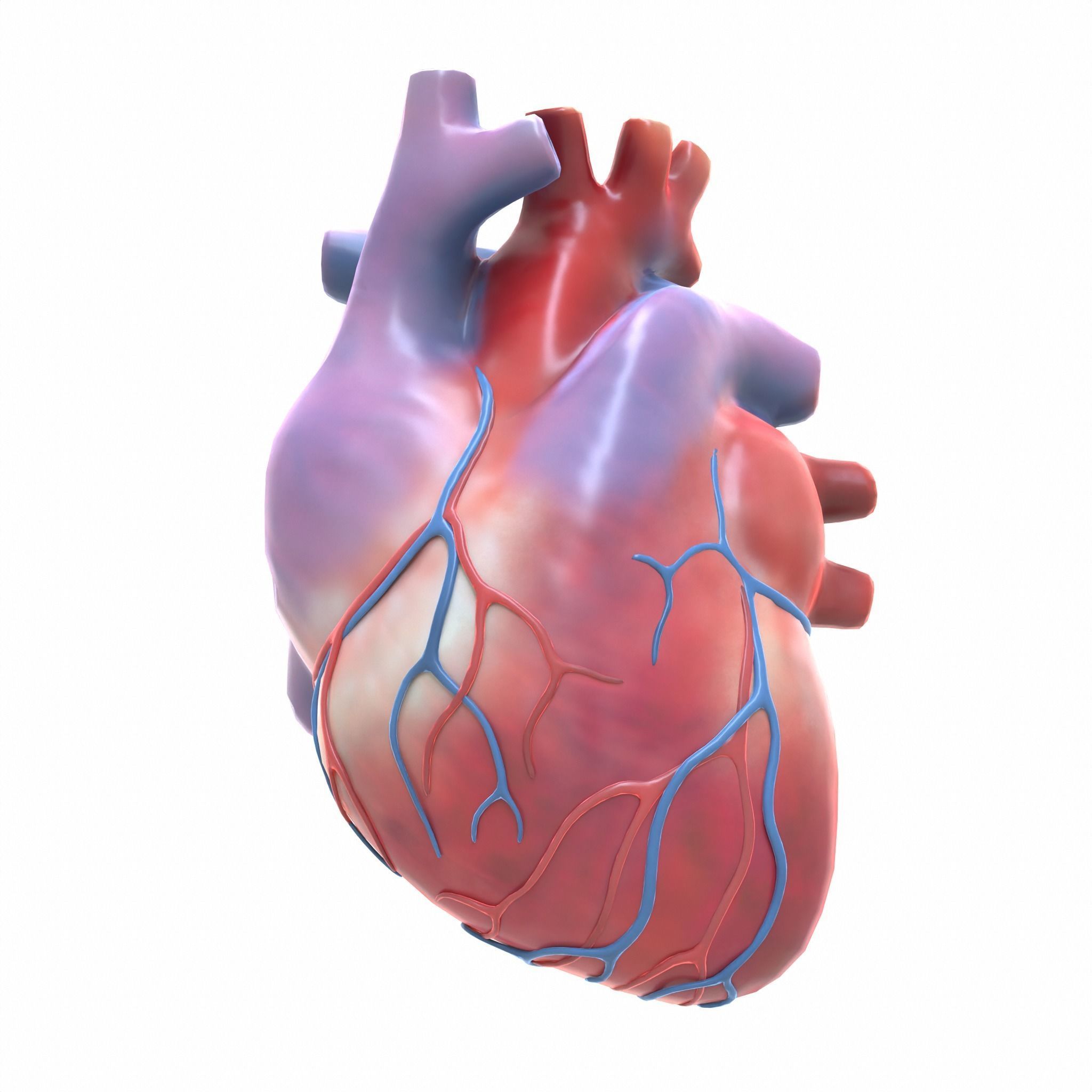
Heart: The muscle that pumps blood received from veins into arteries throughout the body.
Blood
Cells
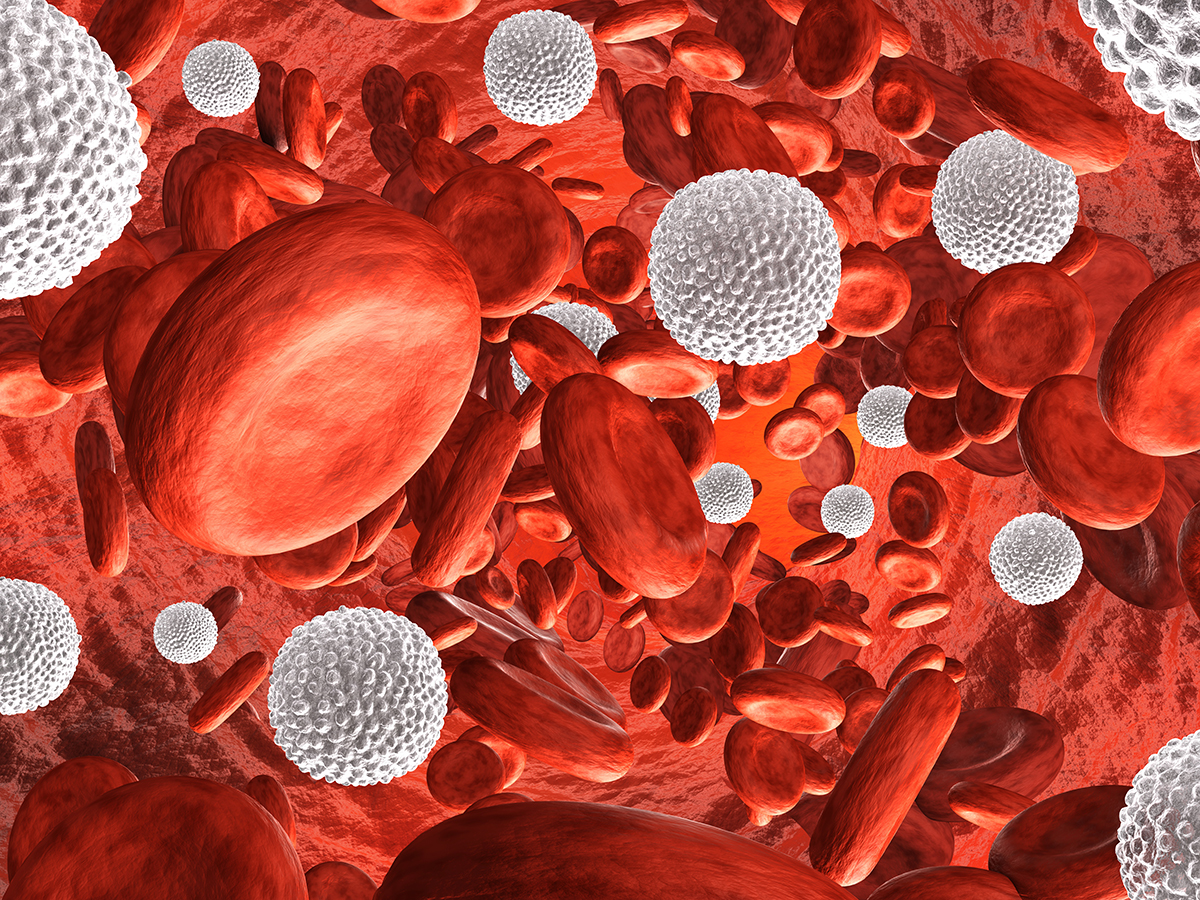
Leukocytes (White blood cells): Fight and prevent disease and infection.

Thrombocytes (Red blood cells): Contain pigminted hemoglobin which makes them red, and carries oxygen.
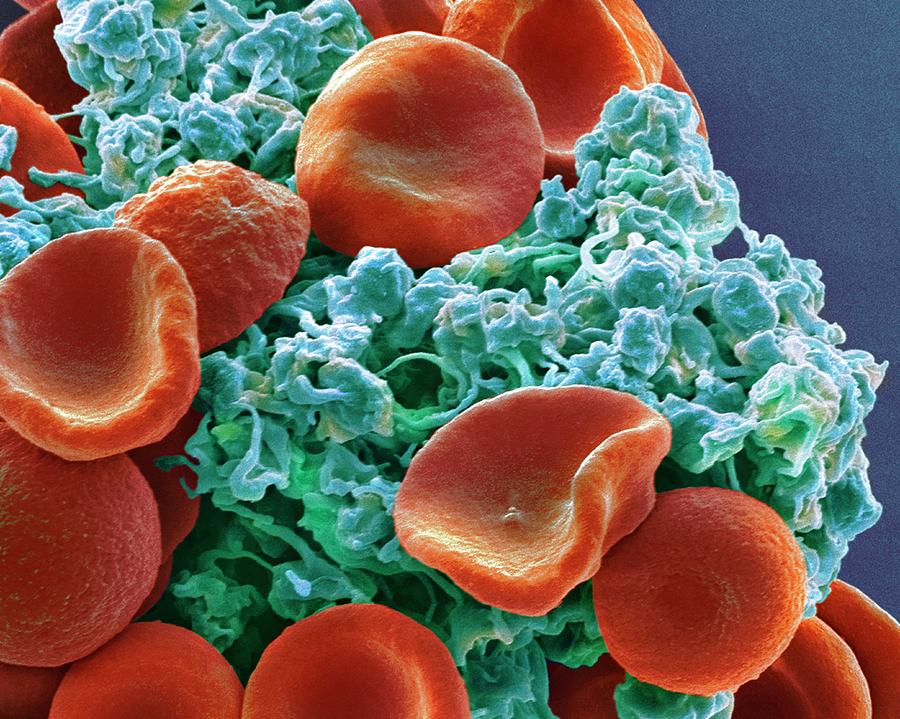
RESPIRATORY SYSTEM

Nasal cavity: The nose filters, warms, and moistens the air entering your body using the hairs.
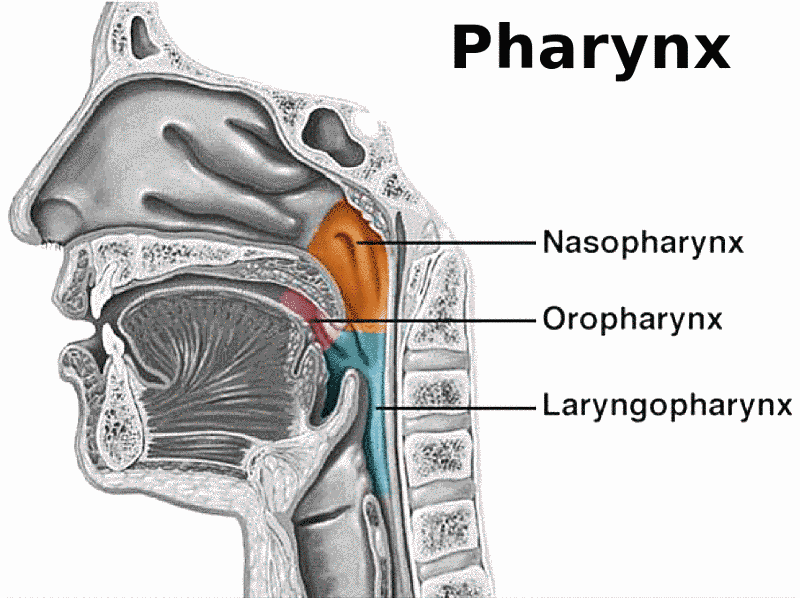
Pharynx: Forms the entry for the esophagus, or our food canal, and the trachea, also known as our windpipe.
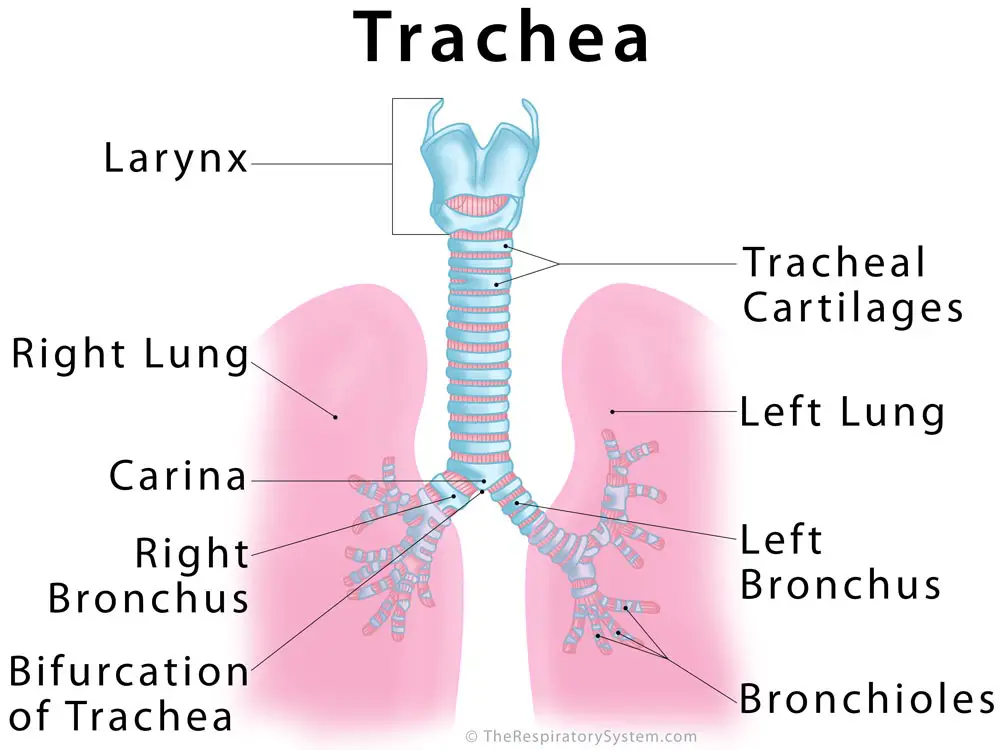
Trachea: Provides a clear airway for air to enter and exit the lungs. In addition, the epithelium lining the trachea produces mucus that traps dust and other contaminants and prevents it from reaching the lungs.
Mouth: Chews food to mix with saliva. Mechanical and chemical digestion.

Esophagus: carries food from mouth to stomach via peristalsis (movement in the esophagus).
Teeth
Chewing
Salivary glands
Tounge
Manipulating food